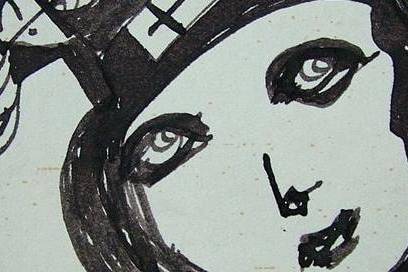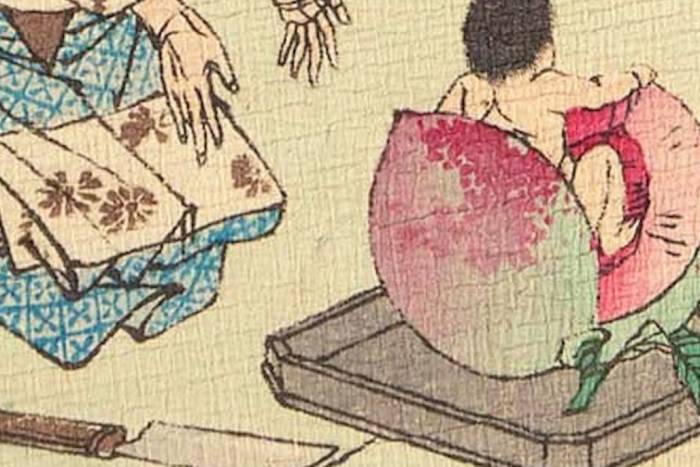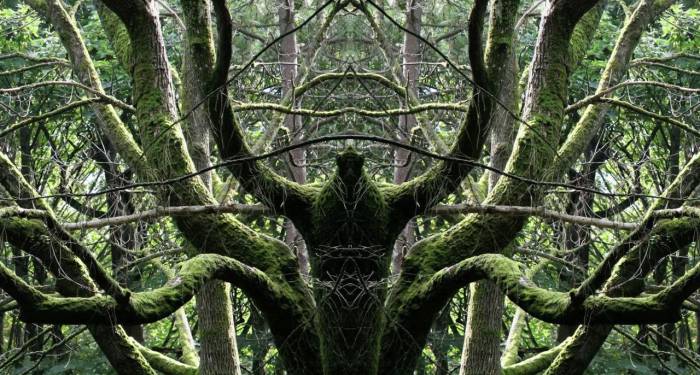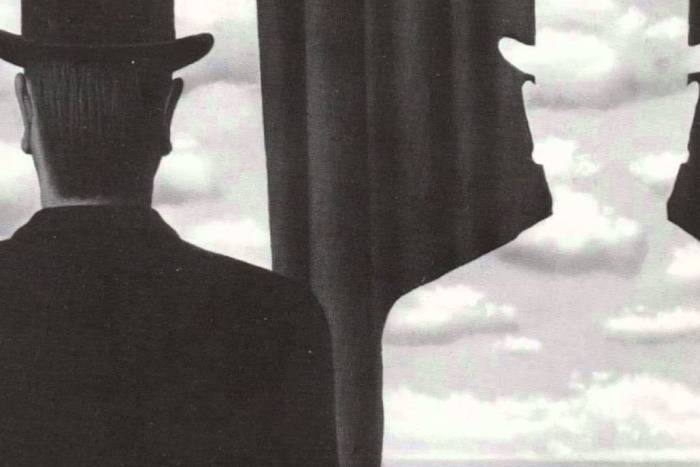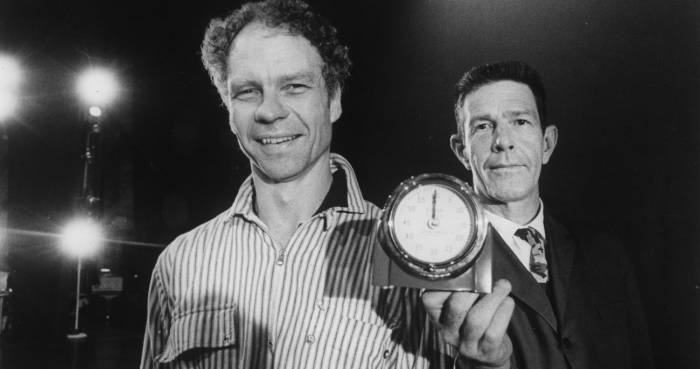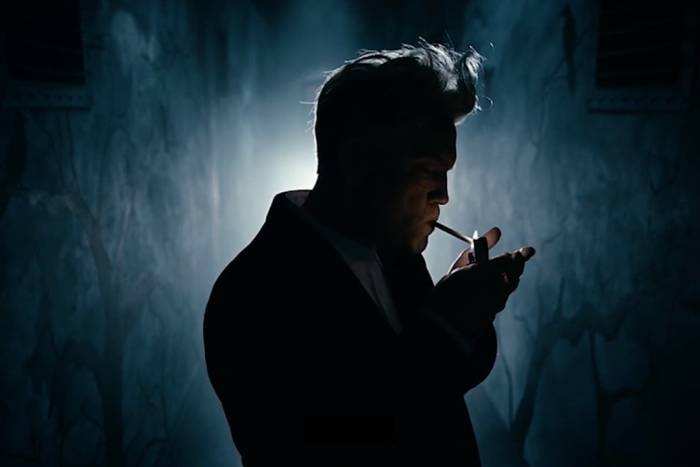The Music of an Enormous Instrument Resonates in a Japanese Forest
This wooden xylophone can play Bach’s “Cantata 147” all by itself...
A melody, one that’s ever familiar, resonates within the depths of a Japanese forest. Magical in its simplicity, in its organic sound quality, flooding the spaces between trees, making it even that much more fantastic. The sound originates with an enormous xylophone. Nearly 50 meters long, it’s made entirely of wood, and the music was composed centuries ago by Johann Sebastian Bach.
The strange musical instrument was created as part of an ad campaign for a mobile phone in 2012. Then Morihiro Harano and his team, inspired by the simulated wood texture on the back of the device, produced an advertisement resplendent with creativity and beauty.
With help from wood artist, Mitsuo Tsuda, sound engineer, Kenjiro Matsuo, and a team of on-site carpenters, the giant xylophone was built in the forest, and raised off the ground on pillars. Intricate, the instrument is still quite simple, consisting of but a straight line of small wooden plates. Across each plate a small wooden ball rolls naturally by gravity, and according to the instrument’s tilt, it generates, in perfect tempo and note by note, Bach’s famous “Cantata no 147.” Accuracy is profoundly important. A single note out of time will ruin the tempo, and thus, the instrument’s construction was a profoundly complicated and precise feat.
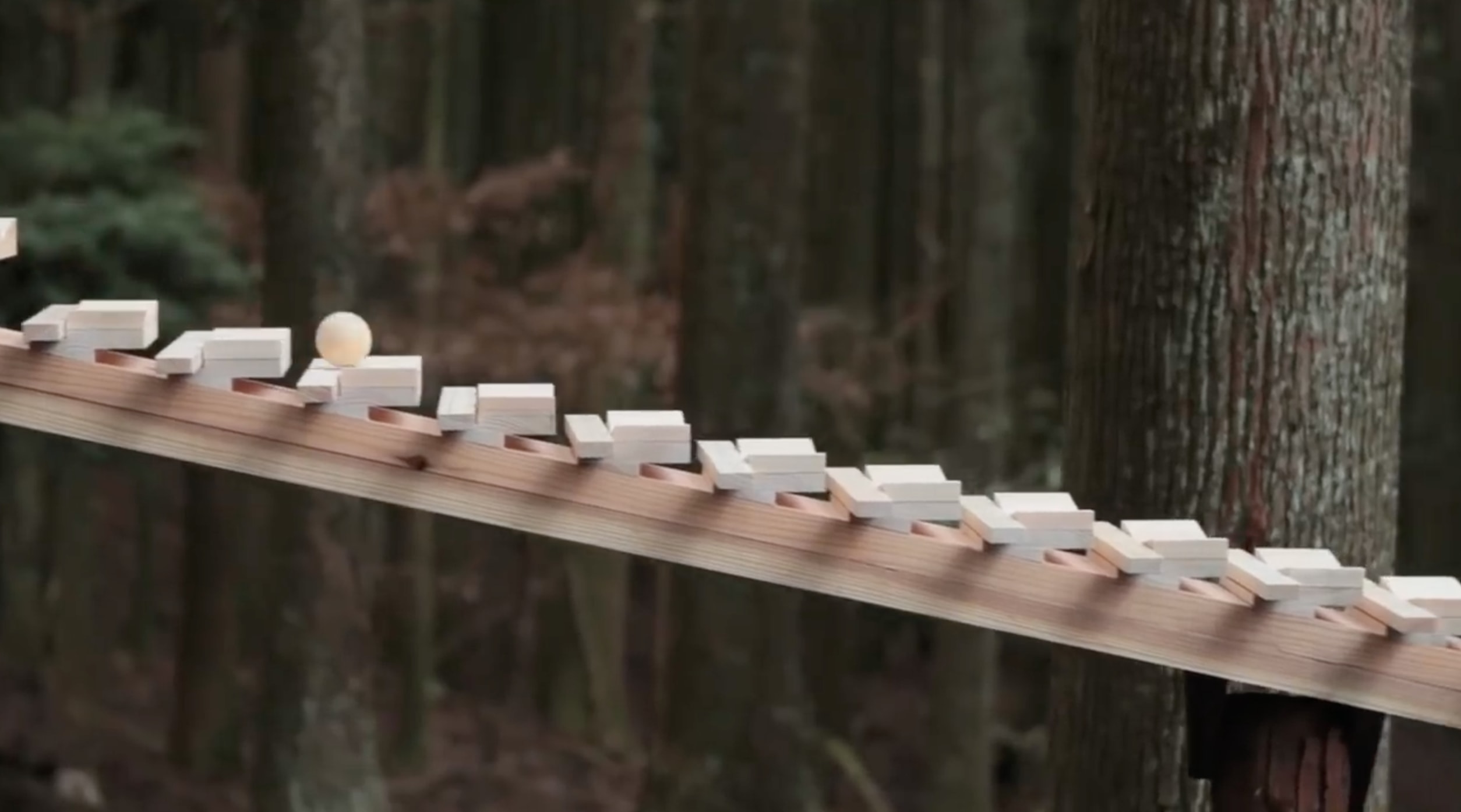
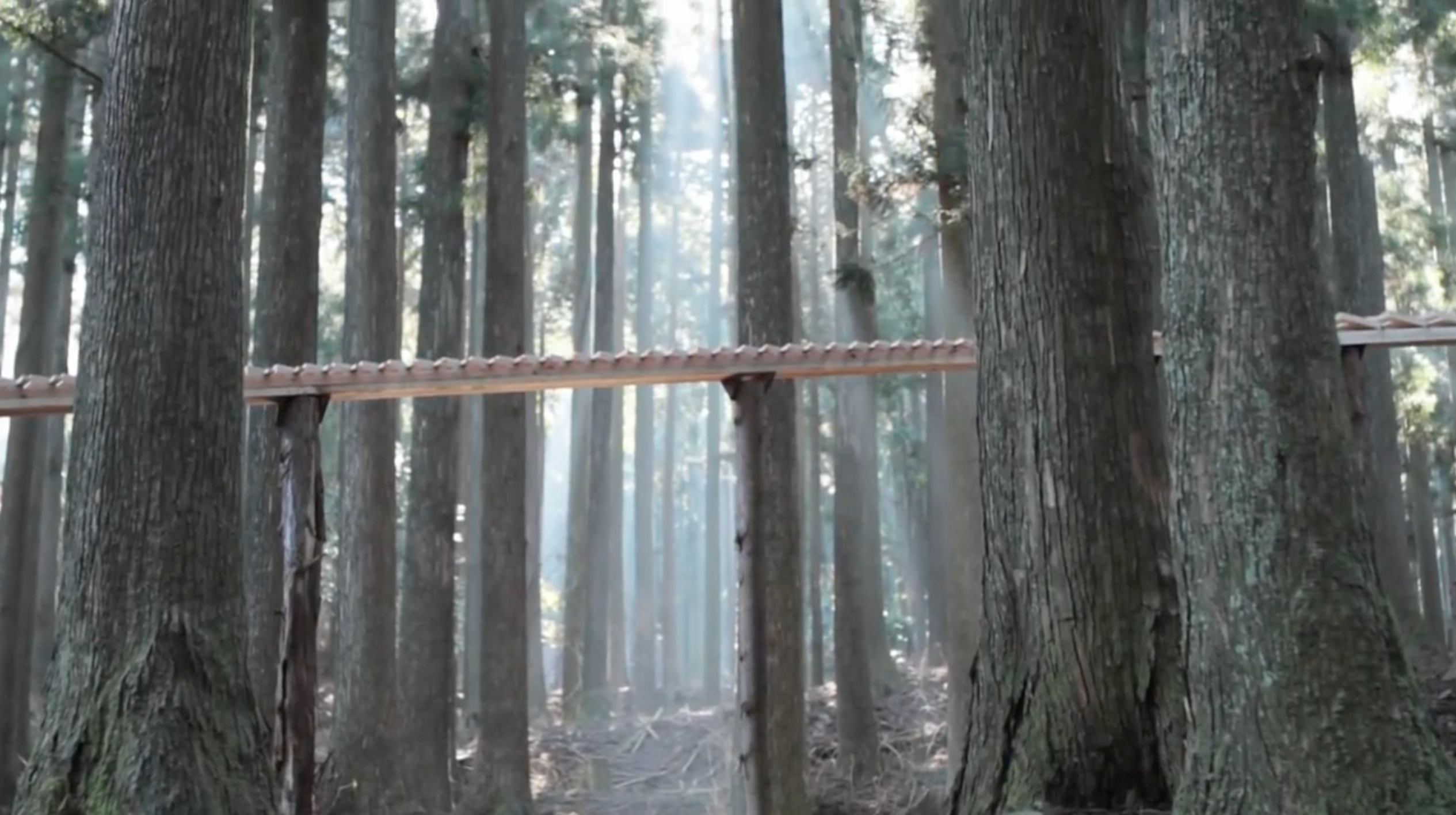
On the day the commercial was being filmed, an earthquake hit Japan. This made the audiovisual work into a message of hope for a country stricken by loss and destruction. The message recalled the power of creation and nature’s own continual regeneration. Then the commercial went viral on the internet and began to be transmitted, again and again, on Japanese television.
Today the instrument is at home in the Daisetsu Mori-no garden, within the more famous Hokkaido Garden. Visitors to the garden can buy a wooden ball from a machine and reproduce the sound of the cantata over and over again, though on rainy days, the xylophone is dismantled to protect it.
The Japanese aesthetic, always subtle and sophisticated, finds an expression in this musical instrument exceeding any advertising campaign. It invites those who listen to one more of the many ways in which music can fill any space with magic.
Images: Morihiro Harano
Related Articles
Pictorial spiritism (a woman's drawings guided by a spirit)
There are numerous examples in the history of self-taught artists which suggest an interrogation of that which we take for granted within the universe of art. Such was the case with figures like
Astounding fairytale illustrations from Japan
Fairy tales tribal stories— are more than childish tales. Such fictions, the characters of which inhabit our earliest memories, aren’t just literary works with an aesthetic and pleasant purpose. They
A cinematic poem and an ode to water: its rhythms, shapes and textures
Here lies One Whose Name was writ in Water. - John Keats Without water the equation of life, at least life as we know it, would be impossible. A growing hypothesis holds that water, including the
Watch beauty unfold through science in this "ode to a flower" (video)
The study of the microscopic is one of the richest, most aesthetic methods of understanding the world. Lucky is the scientist who, upon seeing something beautiful, is able to see all of the tiny
To invent those we love or to see them as they are? Love in two of the movies' favorite scenes
So much has been said already, of “love” that it’s difficult to add anything, much less something new. It’s possible, though, perhaps because even if you try to pass through the sieve of all our
This app allows you to find and preserve ancient typographies
Most people, even those who are far removed from the world of design, are familiar with some type of typography and its ability to transform any text, help out dyslexics or stretch an eight page paper
The secrets of the mind-body connection
For decades medical research has recognized the existence of the placebo effect — in which the assumption that a medication will help produces actual physical improvements. In addition to this, a
The sea as infinite laboratory
Much of our thinking on the shape of the world and the universe derives from the way scientists and artists have approached these topics over time. Our fascination with the mysteries of the
Sharing and collaborating - natural movements of the creative being
We might sometimes think that artistic or creative activity is, in essence, individualistic. The Genesis of Judeo-Christian tradition portrays a God whose decision to create the world is as vehement
John Malkovich becomes David Lynch (and other characters)
John Malkovich and David Lynch are, respectively, the actor and film director who’ve implicitly or explicitly addressed the issues of identity and its porous barriers through numerous projects. Now

